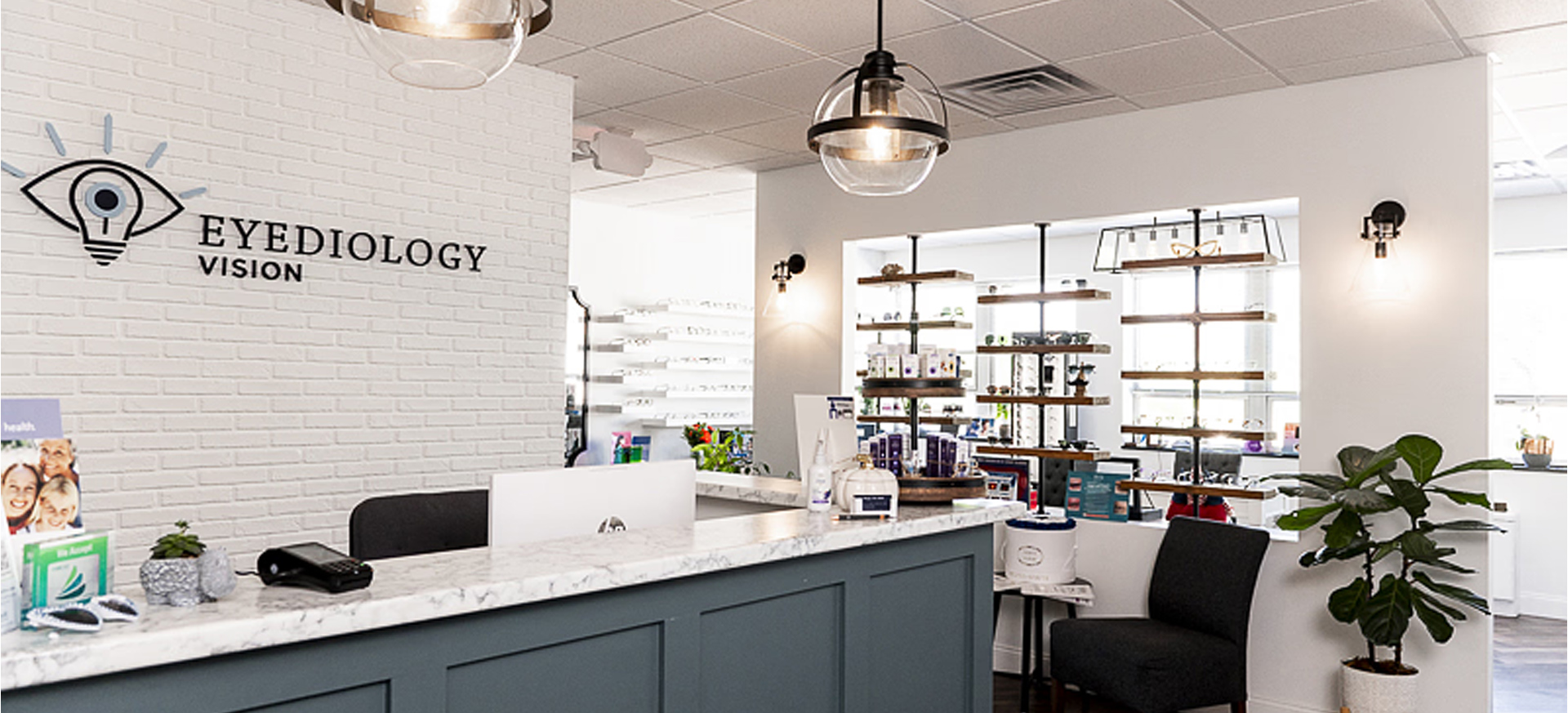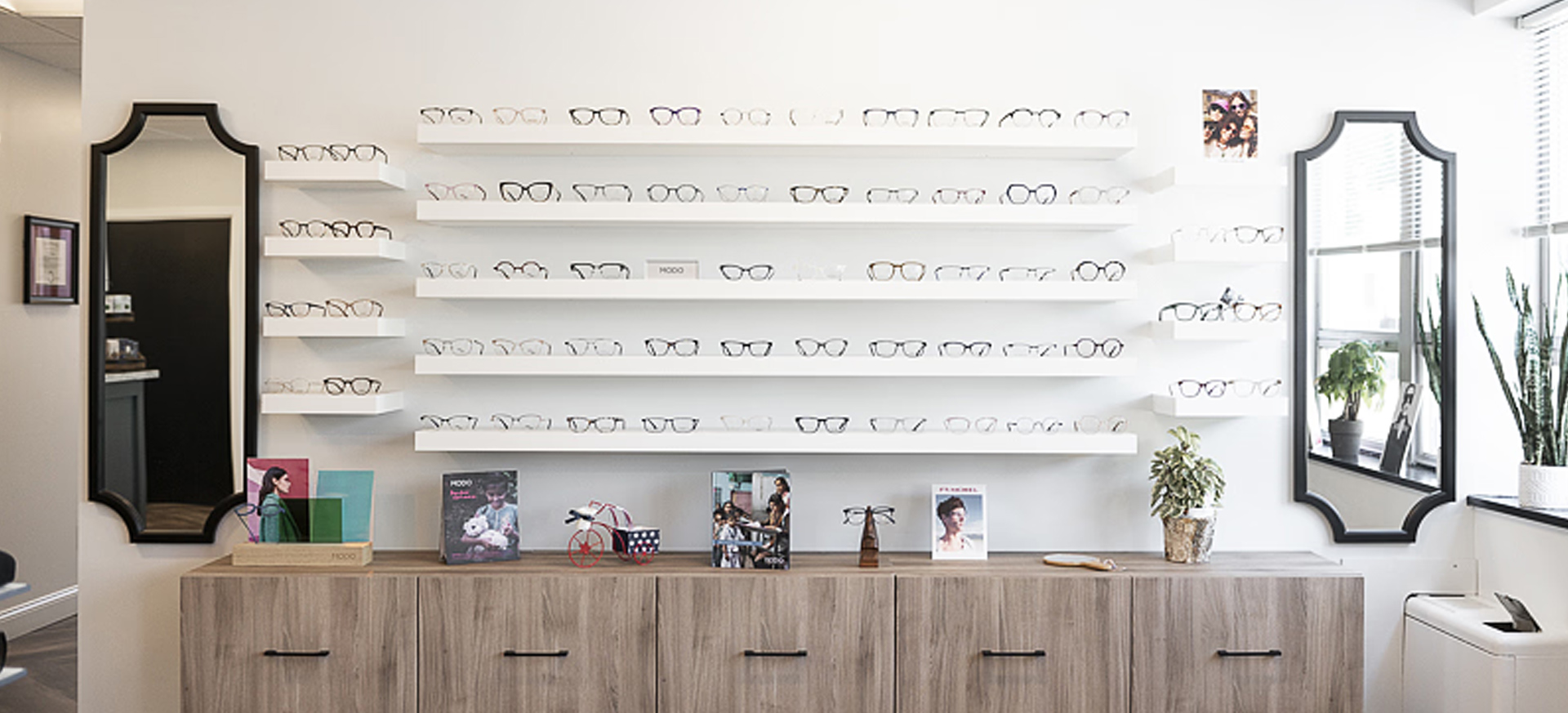Request An AppointmentRequest An AppointmentRequest An AppointmentRequest An AppointmentRequest An Appointment

Dry eye syndrome is a common condition affecting millions of people worldwide. It occurs when your eyes don’t produce enough tears or when the quality of the tears is insufficient, leading to discomfort, irritation, and potential vision problems. Understanding whether you are at risk of developing dry eye is the first step in preventing and managing the condition effectively.
What Is Dry Eye?
Dry eye occurs when the eyes are unable to maintain a healthy layer of moisture on the surface. This can happen due to inadequate tear production or tears evaporating too quickly. Tears are essential for eye health as they protect against infection, lubricate the eyes, and help maintain clear vision. When this balance is disrupted, it can lead to symptoms like redness, itching, burning sensations, or a feeling that something is stuck in the eye.
Risk Factors for Dry Eye
While anyone can experience dry eyes, certain factors increase your risk of developing the condition.
Age: As we age, tear production naturally decreases, making older adults more susceptible to dry eyes. Individuals over 50 are particularly at risk.
Gender: Women are more likely to experience dry eye due to hormonal changes related to pregnancy, oral contraceptive use, or menopause.
Screen Time: Spending long periods looking at screens can reduce your blink rate, leading to faster tear evaporation. This is particularly common among people who work on computers or use digital devices for extended hours.
Environmental Factors: Dry, windy, or smoky environments can increase the evaporation of tears, leading to dry eye. Air conditioning or heating systems may also contribute by reducing humidity.
Medications: Certain medications, including antihistamines, antidepressants, and blood pressure drugs, can reduce tear production and lead to dry eye.
Contact Lens Wear: Wearing contact lenses for prolonged periods may disrupt the tear film and contribute to dry eye symptoms.
Health Conditions: Autoimmune diseases like rheumatoid arthritis, lupus, or Sjögren’s syndrome can affect tear production. Conditions like diabetes and thyroid disorders may also increase the risk of dry eye.
Eye Surgery: Previous eye surgeries, such as LASIK or cataract removal, can contribute to dry eye symptoms by affecting tear production or distribution.
Prevention Tips
While not all risk factors can be avoided, there are steps you can take to minimize your chances of developing dry eye:
Take Screen Breaks: Follow the 20-20-20 rule—every 20 minutes, look at something 20 feet away for 20 seconds to reduce digital eye strain.
Stay Hydrated: Drinking plenty of water helps maintain overall hydration, including eye moisture.
Adjust Your Environment: Use a humidifier in dry climates, avoid exposure to smoke, and wear sunglasses outdoors to protect your eyes from wind and UV rays.
Blink More Often: When using digital devices, make a conscious effort to blink more frequently to help spread tears evenly over your eyes.
Use Artificial Tears: Over-the-counter lubricating eye drops can provide temporary relief, especially for those who experience dryness due to environmental factors.
The Importance of Proper Diagnosis for Personalized Treatment for Dry Eye
If you experience dry eye symptoms, it’s essential to see an eye doctor for a proper diagnosis. Dry eye has many potential causes, and understanding the underlying issue is key to developing an effective, personalized treatment plan. At Eyediology Vision, we offer comprehensive dry eye evaluations to determine the root cause of your symptoms and tailor treatments accordingly. This may include prescription eye drops, lifestyle adjustments, or advanced therapies like punctal plugs or in-office therapies.
Treating dry eye isn’t a one-size-fits-all approach. Your treatment plan should be customized to your unique situation, whether that involves addressing medication side effects, managing underlying health conditions, or enhancing your tear film with specific therapies. Early diagnosis and targeted treatments can help you manage dry eye symptoms, prevent complications, and improve your quality of life.
Optimizing Your Eye Health and Comfort with Eyediology Vision
Understanding your risk factors for dry eye and taking preventive measures can help you avoid the discomfort and long-term effects of this condition. At Eyediology Vision, Dr. Bhagat can provide expert care and develop a personalized treatment plan to help you see comfortably and clearly.
If you think you may be at risk or are experiencing dry eye symptoms, schedule a consultation with Eyediology Vision. Contact our office in Providence, Rhode Island, by calling (401) 903-4100 to book an appointment today.














